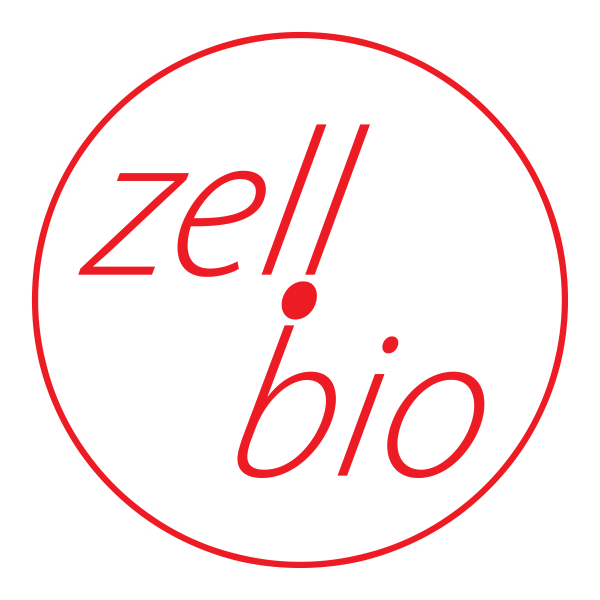Chances are that if your research involves affinitychromatography, then you’re probably already using or have previously usedCyanogen Bromide-activated (CNBr-activated) agarose beads to bind or purifyyour proteins, antibodies or enzymes. That’s the industry standard for ligandimmobilization! It’s great! It works! It’s wonderful!
But what if Gold Bio could offer you something better…and less expensive?
CNBr is often used to immobilize proteins by coupling withagarose beads. Usually, the agarose is either 4% or 6% (which typically setsthe exclusion limit of the beads) and can be crosslinked or not (crosslinkingpermanently binds the linker to the agarose which offers the advantage ofautoclaving the beads and/or re-using them). CNBr is used so often because itreacts simply and easily with the hydroxyl groups on agarose to form cyanateesters and imidocarbonates, which then react with the amino group of proteins,binding them to the agarose. But CNBr is quite toxic and it’s also verysensitive to oxidation. And its ligand binding is relatively unstable becauseof its isourea bond which tends to act as an anion exchanger.
At Gold Bio, we want to provide you with the best reagentspossible for your research. To that end, we offer two alternatives to theclassic CNBr resin: Glyoxal- and Aminoethyl-activated agarose beads!
Our Glyoxal/Aminoethyl agarose beads are all crosslinked, sothat you can autoclave them and re-use them multiple times. They are covalentlybound to the agarose, giving them a qualitative advantage to resins activatedby CNBr. They have a higher binding capacity, faster conjugation, morereproducibility and a longer shelf life than CNBr. You can find a comparison study ofHuman IgG binding between Glyoxal and CNBr agarose in the AdditionalInformation of the products in the Glyoxal section of our website.
For another comparison of binding capacity, check out this chartbelow:
The combination of Glyoxal/Aminoethyl system offers moreversatility for your research. While you would use the Glyoxal resin to bindwith the amino group of yourprotein (similar to CNBr), you can use the Aminoethyl resin to bind with the carboxy group of your protein, anopportunity that CNBr resins cannot match!
You can find a detailed list of comparable Gold Bio products tosome of the more common CNBr resins in the Additional Information of either theGlyoxal or Aminoethyl products. If you still have questions about theseproducts or about which one you should try, please contact our tech support and wewill be glad to help!
CategoryCode: 79105 88253 79107 88261
